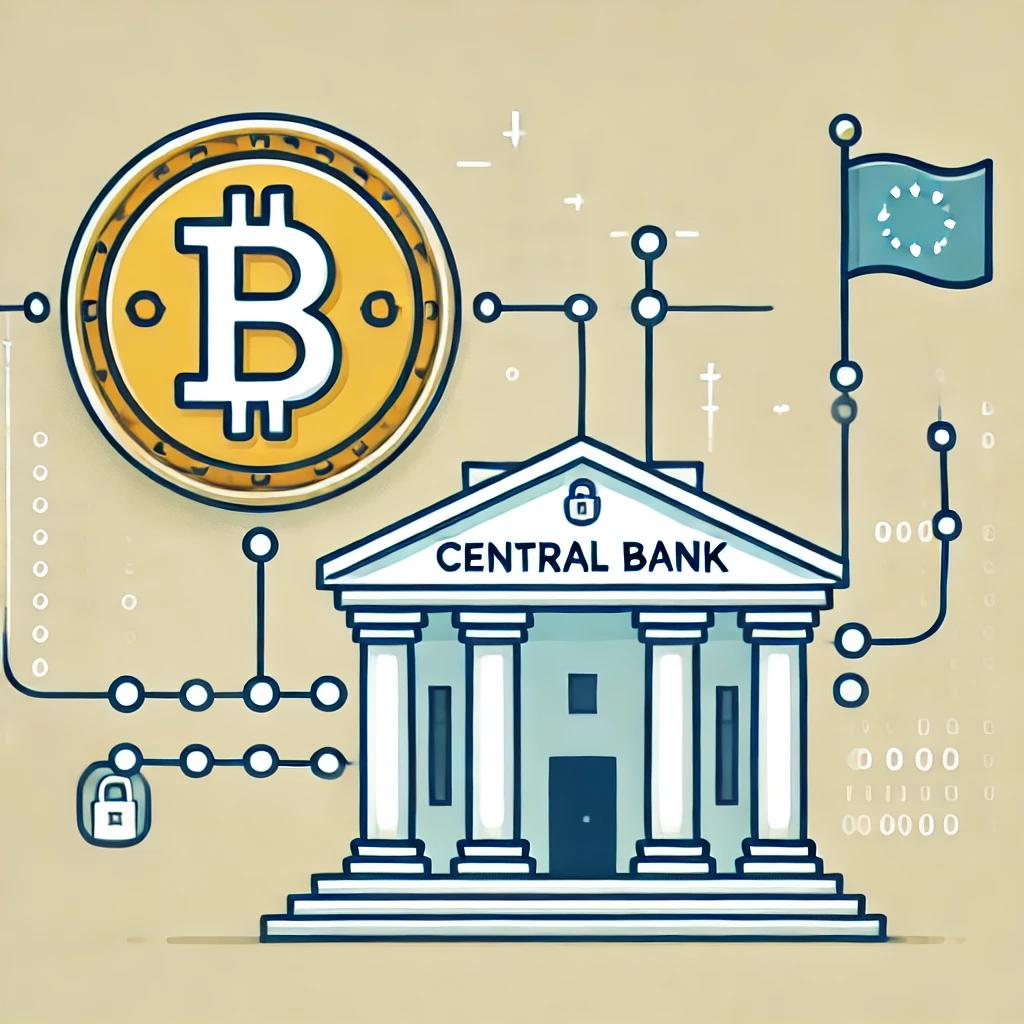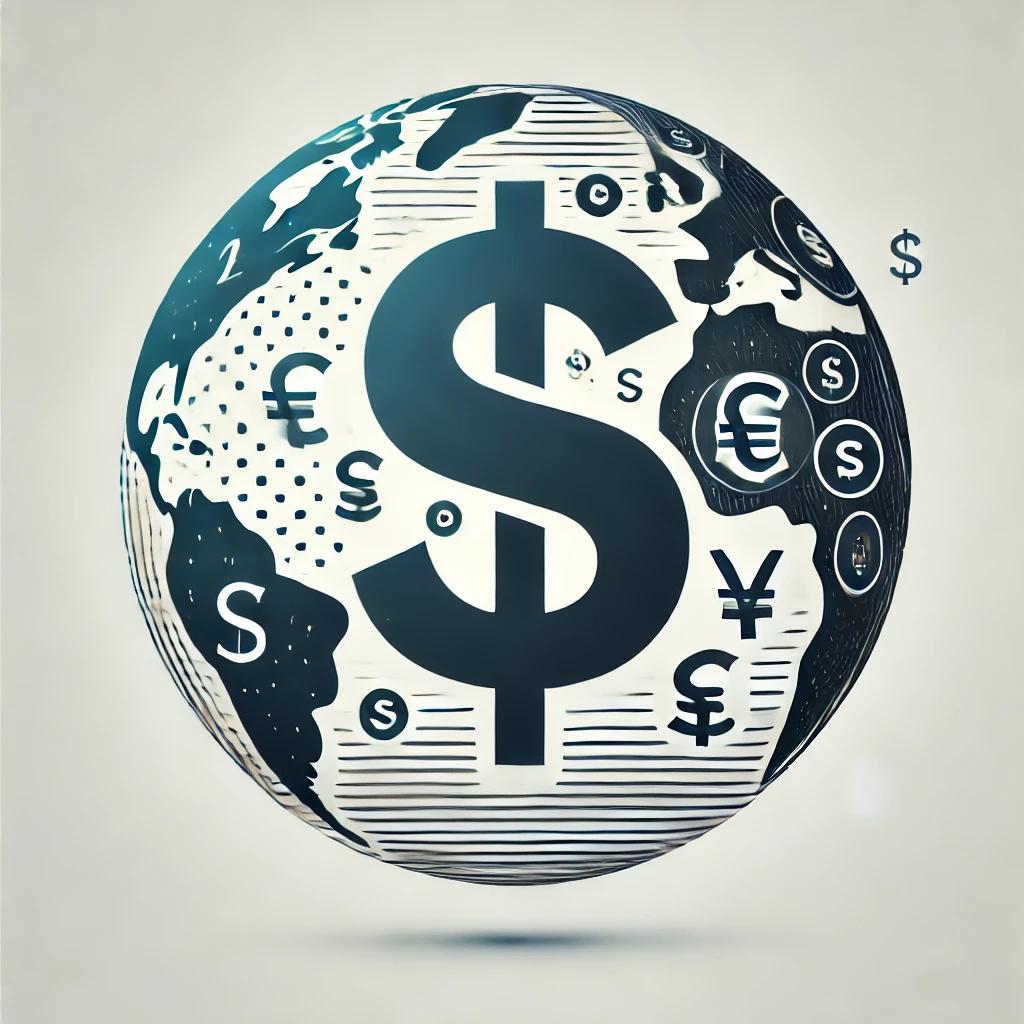In recent years, the U.S. dollar has faced unprecedented challenges, both domestically and internationally. With inflation rates rising, global shifts in trade policies, and the rapid digitalization of financial systems, the dollar’s dominance is under scrutiny. At the same time, cryptocurrencies are becoming a major force in the realm of digital currency, offering alternative financial tools and, for some, even questioning the supremacy of traditional currencies like the dollar. This post delves into the current state of the U.S. dollar and examines how cryptocurrency is reshaping the future of digital finance.

1. The U.S. Dollar’s Current Landscape
The U.S. dollar has long held its position as the world’s primary reserve currency. In fact, nearly 60% of global reserves are held in dollars, according to the International Monetary Fund (IMF). However, recent economic trends are impacting this stronghold. For example, the dollar’s purchasing power has decreased as inflation rates have surged, with the annual inflation rate in 2022 reaching over 8%—the highest in over 40 years (source: U.S. Bureau of Labor Statistics).
Moreover, geopolitical factors, such as sanctions on countries like Russia and trade wars with China, have driven some nations to explore alternative currencies for international transactions. As a result, the dollar’s role in global trade faces potential risks, and other countries are closely watching its fluctuations.
2. How Cryptocurrency Challenges Traditional Currency Models
Cryptocurrency, a decentralized form of digital currency, introduces a new approach to value exchange. Unlike fiat currencies, which are controlled by governments and central banks, cryptocurrencies operate on a blockchain, a decentralized ledger technology. This independence from central authorities is one of cryptocurrency’s most attractive features, especially for those wary of inflation and centralized control.
Bitcoin, the most prominent cryptocurrency, has often been labeled “digital gold” because it’s seen as a store of value. Meanwhile, other cryptocurrencies, such as Ethereum, serve broader purposes by enabling smart contracts, decentralized finance (DeFi), and digital applications. Cryptocurrencies offer transparent, borderless transactions, which attract global users seeking alternatives to traditional banking.
3. The Rise of Central Bank Digital Currencies (CBDCs)
In response to the growing popularity of cryptocurrency, several central banks, including the U.S. Federal Reserve, are exploring the concept of Central Bank Digital Currencies (CBDCs). CBDCs are digital versions of national currencies, issued and regulated by central banks. For instance, China has already introduced its digital yuan, while the European Union and the U.K. are also in the research and development stages.
CBDCs aim to offer the best of both worlds: the digital efficiency of cryptocurrencies and the stability of government-backed currencies. However, they differ from cryptocurrencies in that they remain centrally controlled. In the U.S., discussions around a digital dollar have gained momentum, as the government recognizes the need to keep up with advancements in digital finance.
4. The Dollar vs. Cryptocurrency: Competing Forces in Digital Currency
While the dollar remains the dominant global currency, cryptocurrency has begun to chip away at its influence, particularly among younger investors and those in emerging markets. In countries with volatile currencies, such as Venezuela and Nigeria, citizens are increasingly turning to cryptocurrencies to preserve their wealth against inflation. This shift demonstrates a growing interest in digital assets that exist outside traditional financial structures.
However, the U.S. government is taking note. As cryptocurrencies grow in popularity, regulators are cracking down on illegal activities in the crypto space, such as money laundering and fraud. For instance, the recent scrutiny of popular crypto exchanges by the U.S. Securities and Exchange Commission (SEC) underscores the government’s intent to maintain control over the financial system.

5. Why Cryptocurrencies Matter in the Evolution of Money
Cryptocurrencies offer a glimpse into what a future digital economy might look like. The decentralized nature of blockchain technology has the potential to transform traditional finance by reducing the need for intermediaries like banks. Consequently, transactions could become faster, more efficient, and accessible to unbanked populations worldwide.
Furthermore, the rise of DeFi platforms, which operate on blockchain, allows users to earn interest, borrow funds, and trade assets without a centralized authority. This shift empowers individuals and challenges conventional banking systems. As more individuals adopt cryptocurrencies, the impact on the global economy, and by extension, the U.S. dollar, becomes more significant.
6. The U.S. Dollar’s Next Steps in a Crypto-Driven World
For the U.S. dollar to retain its status as the world’s leading reserve currency, adapting to the changing digital landscape is essential. One option is to establish a digital dollar, allowing the U.S. to compete with cryptocurrencies and other nations’ CBDCs. However, creating a CBDC is no simple task, as it raises privacy, security, and regulatory concerns. While the Federal Reserve has yet to announce concrete plans, discussions indicate a heightened interest in this path.
Additionally, policymakers must consider how to regulate cryptocurrencies effectively without stifling innovation. Striking a balance between regulation and freedom in the digital currency space will be crucial for the U.S. dollar’s future.
7. Conclusion: The Road Ahead for the U.S. Dollar and Cryptocurrency
In summary, while the U.S. dollar remains a dominant force in global finance, it faces challenges in a rapidly digitalizing world. Cryptocurrencies offer alternative forms of value storage and exchange, appealing to a diverse and growing audience. As the dollar contends with inflation and economic uncertainty, the rise of digital assets and the potential introduction of a digital dollar could reshape the future of money.
The next few years will likely see increased competition between fiat and digital currencies. However, whether cryptocurrency will significantly impact the dollar’s global dominance remains to be seen. One thing is clear: as cryptocurrencies evolve, they will continue to influence how we think about, store, and use money.

References
- U.S. Bureau of Labor Statistics. (2022). Inflation Rate in the U.S.
- International Monetary Fund. (2021). Global Reserve Currency Report
- Securities and Exchange Commission. (2023). SEC Enforcement Actions on Cryptocurrency

